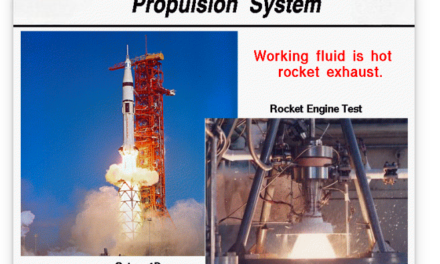Maintenance, Repair, and Overhaul (MRO) services are critical to ensuring the safety, reliability, and efficiency of civil aviation. These services encompass a wide range of activities aimed at maintaining aircraft and their components in optimal working condition while complying with strict regulatory standards.
Key Roles of MRO Services in Civil Aviation
1. Ensuring Safety
- Role: MRO services focus on the early detection and resolution of potential issues to ensure passenger and crew safety.
- Activities:
- Regular inspections and scheduled maintenance to prevent malfunctions.
- Non-Destructive Testing (NDT) to identify hidden structural flaws.
- Impact:
- Reduces the risk of in-flight failures and ensures adherence to safety regulations.
2. Maintaining Regulatory Compliance
- Role: Aircraft must meet stringent aviation regulations set by authorities like the FAA, EASA, or ICAO.
- Activities:
- Detailed record-keeping of maintenance activities for audits.
- Regular updates to comply with Airworthiness Directives (ADs).
- Impact:
- Ensures operational legality and avoids fines or grounding of aircraft.
3. Enhancing Operational Reliability
- Role: MRO services minimize downtime by ensuring aircraft remain airworthy and ready for operation.
- Activities:
- Component replacements and overhauls to extend the lifespan of critical systems.
- Engine inspections and performance restoration.
- Impact:
- Reduces flight delays and cancellations, boosting airline efficiency.
4. Extending Aircraft Lifespan
- Role: Regular maintenance keeps aircraft operational beyond their expected lifecycle.
- Activities:
- Structural repairs to counteract wear and tear.
- Overhaul of engines and avionics systems to restore performance.
- Impact:
- Delays the need for costly fleet replacements.
5. Cost Control and Efficiency
- Role: Preventive and predictive maintenance strategies lower long-term operational costs.
- Activities:
- Predictive analytics using IoT and AI to anticipate failures.
- Streamlined inventory management for spare parts.
- Impact:
- Reduces unplanned downtime and emergency repair expenses.
6. Supporting Fleet Modernization
- Role: MRO services help integrate new technologies into existing fleets.
- Activities:
- Retrofitting aircraft with updated avionics, entertainment systems, or fuel-efficient components.
- Impact:
- Keeps aging aircraft competitive with newer models.
Key Areas of MRO Services
- Line Maintenance:
- Day-to-day checks performed between flights, focusing on immediate operational needs.
- Examples: Tire inspections, fluid replenishment, and minor repairs.
- Heavy Maintenance:
- Extensive checks (e.g., C- and D-checks) requiring aircraft to be taken out of service for in-depth inspections and overhauls.
- Examples: Structural repairs, landing gear replacement.
- Component MRO:
- Maintenance of individual aircraft components, such as avionics, hydraulics, and engines.
- Examples: Overhauling fuel pumps, recalibrating flight instruments.
- Engine Overhaul:
- Comprehensive inspection and restoration of engines to optimal performance levels.
- Includes disassembly, cleaning, testing, and reassembly.
- Modifications and Retrofits:
- Updating systems to improve performance, safety, or compliance with new regulations.
- Examples: Adding winglets for fuel efficiency or installing modern navigation systems.
- Cabin Maintenance:
- Focuses on passenger experience by repairing or upgrading interiors.
- Examples: Replacing seats, fixing in-flight entertainment systems.
Technological Advancements in MRO
- Predictive Maintenance:
- Use of real-time data from sensors to predict component failures and schedule maintenance proactively.
- Digital Twins:
- Virtual replicas of aircraft enable advanced simulations to optimize maintenance schedules.
- 3D Printing:
- Enables rapid production of spare parts, reducing inventory and lead times.
- Robotics and Automation:
- Drones for visual inspections and robotic arms for precise repairs improve efficiency and accuracy.
- Augmented Reality (AR):
- Technicians use AR to visualize complex systems and access manuals during repairs.
Challenges in MRO Services
- Rising Costs:
- Maintenance accounts for a significant portion of operational expenses, with high costs for labor, materials, and spare parts.
- Skilled Workforce Shortages:
- The growing fleet size and advanced technologies demand more highly trained technicians.
- Supply Chain Delays:
- Availability of spare parts and logistical bottlenecks can extend repair timelines.
- Compliance Complexity:
- Adhering to evolving regulations across multiple jurisdictions adds to operational challenges.
MRO services are indispensable for ensuring the safety, efficiency, and longevity of aircraft in civil aviation. By leveraging advanced technologies and adhering to stringent standards, MRO providers enable airlines to operate reliably, reduce costs, and enhance passenger trust. As aviation evolves, innovations in predictive maintenance and digital tools will continue to redefine the MRO landscape.













